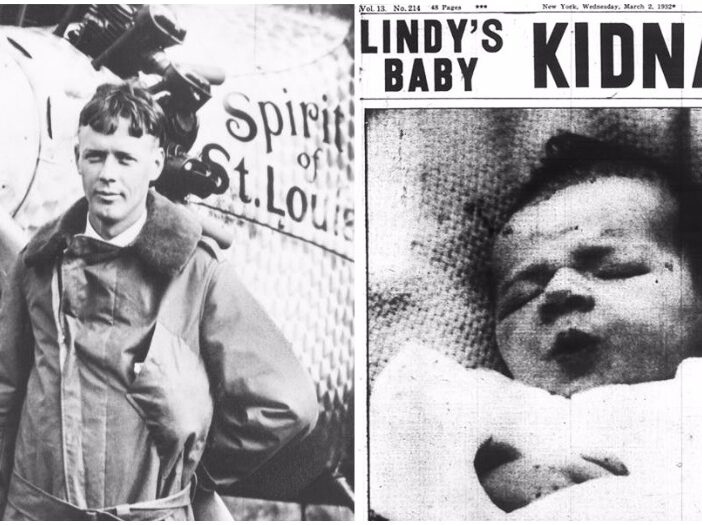
11. Police Briefly Suspected An Inside Job

Obviously, the mere fact Charles Lindbergh, Jr.’s kidnapping case turned into a murder case didn’t exactly make it any easier for police to solve. On the other hand, that the body had been found so close to the house made pretty much everything to happen up to this point highly suspicious. The body’s state of decomposition also suggested that the baby had been dead for quite some time, possibly making the whole business about a ransom obsolete from the beginning. Certain investigators thus believed the Lindberghs might have been involved in making it up from the start, though none of these suspicions amounted to much. It’s entirely possible the criminal attempted a kidnapping, accidentally killed the child in the process, and simply went about the rest of his plan anyway, concealing the death and fleeing with his money. However, the stress of being a suspect drove Violet Sharpe, one of the Lindberghs’ employees, to commit suicide. It was later discovered she had nothing to do with the crime.
12. Richard Hauptmann Was Found With Some Of The Ransom Money

For over two years, the greatest resource that police or the Lindberghs had in the search for the person who murdered their child was the U.S. Federal Reserve tracking the ransom money delivered by John Condon. Some thought Condon might even have been involved, though no full investigation ever took place. Several thousand dollars of gold notes included in the ransom payment were deposited to a federal bank, but efforts at tracing the depositor proved fruitless. Finally, in September of 1934, more of these gold notes were discovered, spent by a German immigrant named Bruno Richard Hauptmann. Police immediately took notice and began searching for Hauptmann, wasting no time in capturing the man outside of his home. In addition to spending the money, Hauptmann matched the description of “Cemetery John” given by John Condon, and another $13,000 worth of bills from the ransom was soon found in his home.
